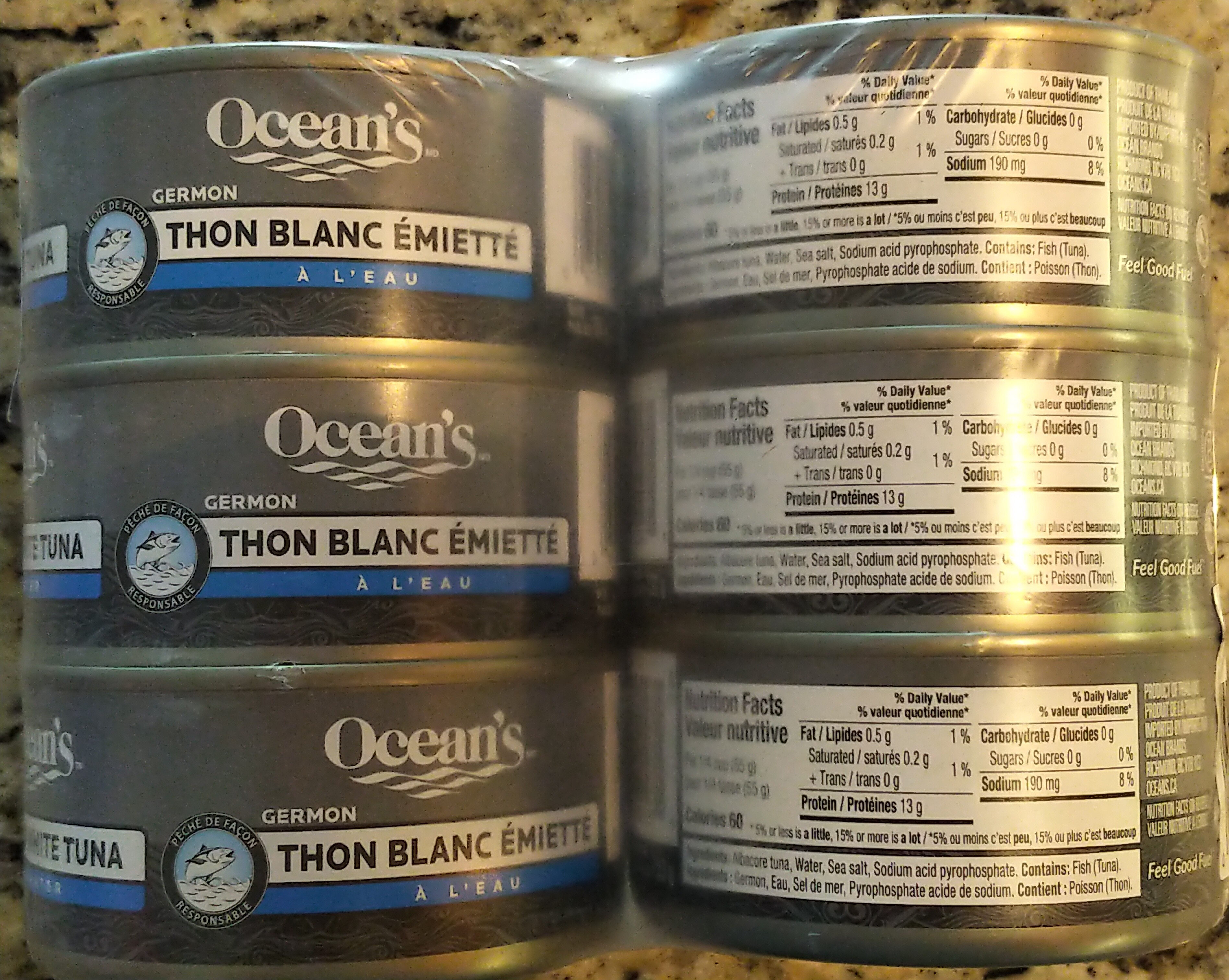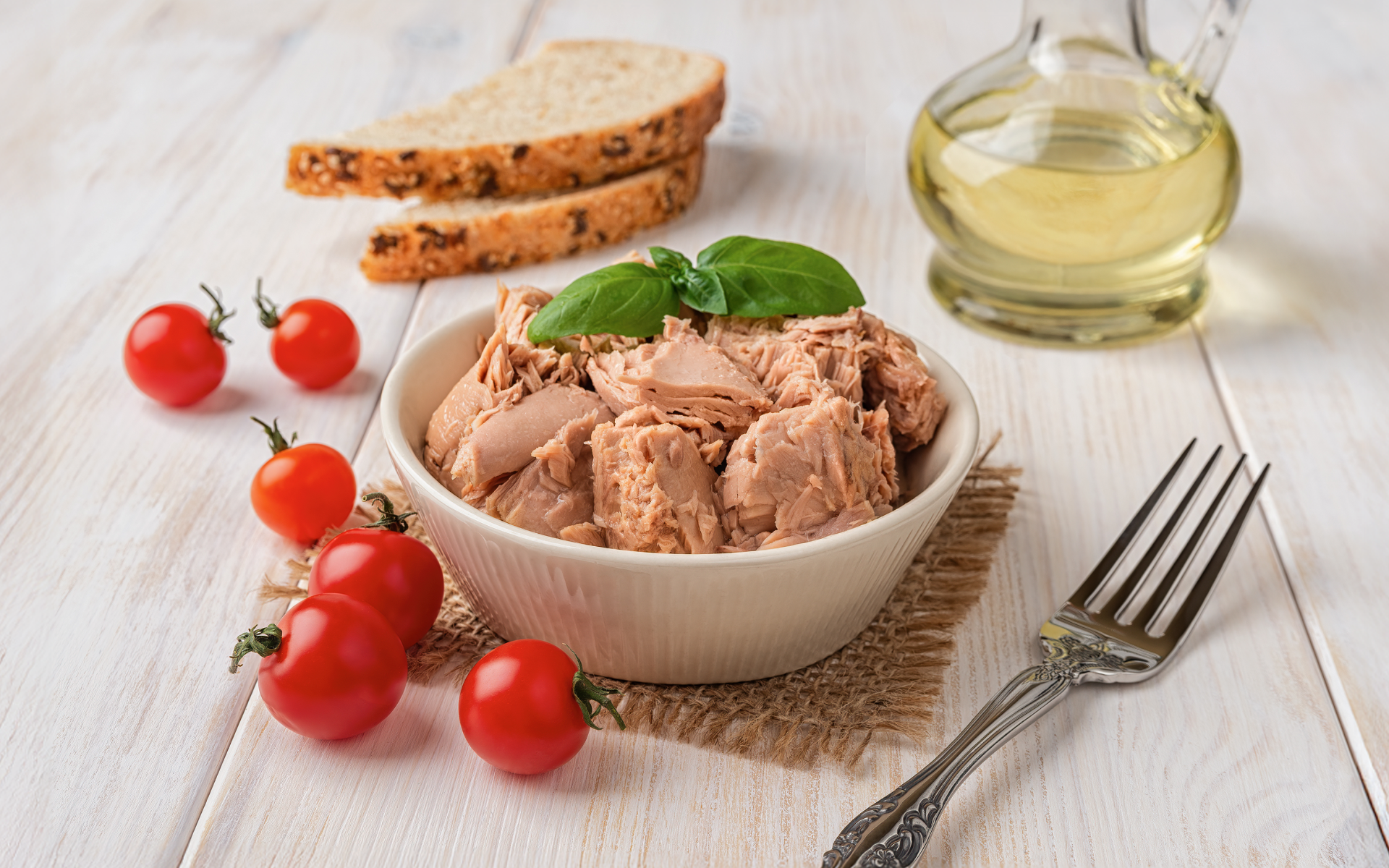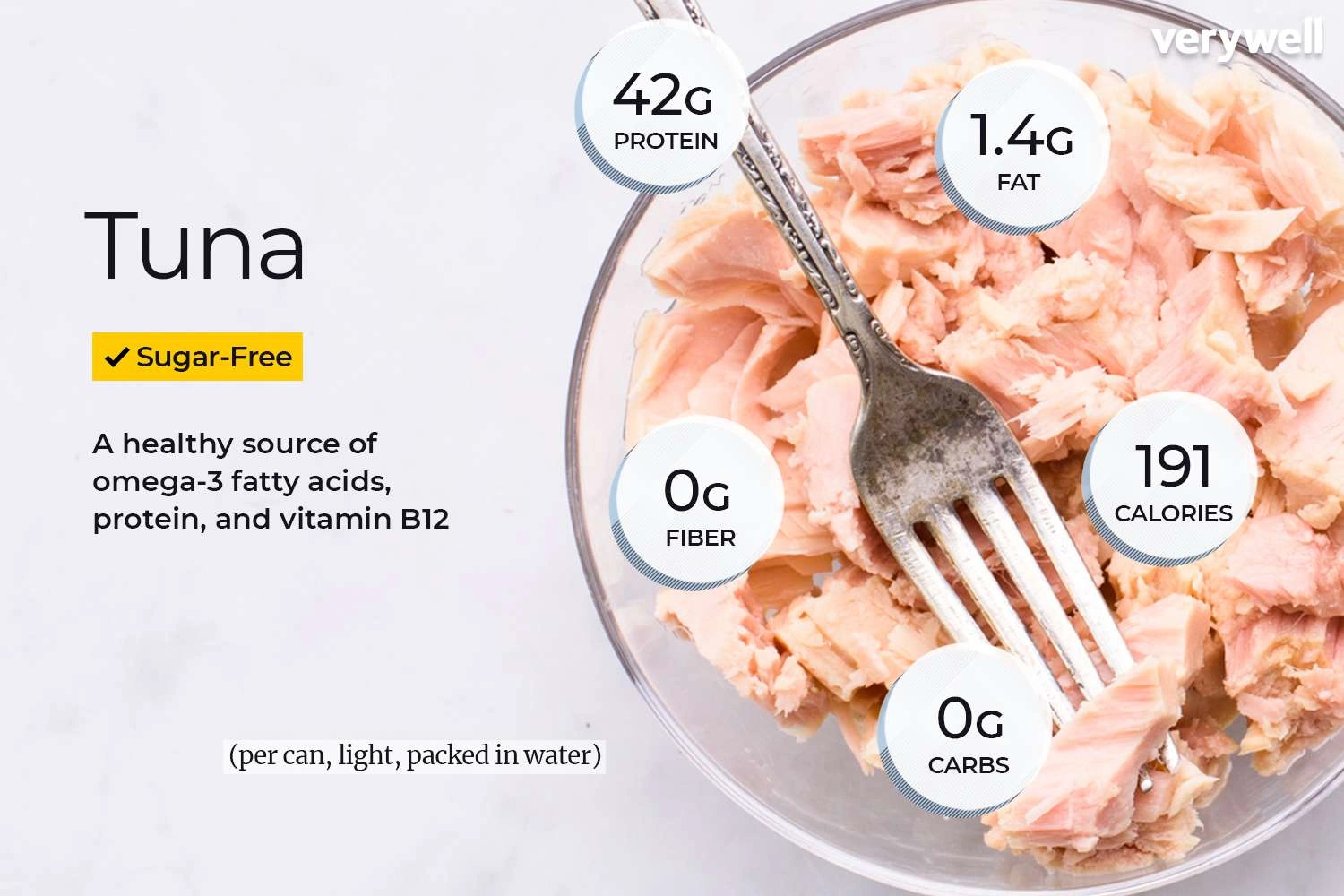
Your Pantry’s Secret Weapon
Did you ever crack open a can of tuna and think… is this tiny fish fillet really making a difference in my diet? You and me both! If you’re busy (aren’t we all?) and looking for ways to eat better without… you know… turning your kitchen into a science lab, you’re probably always on the lookout for food that works as hard as you do. Tuna totally fits.
I used to keep cans of tuna stashed in my desk for those “uh oh, I skipped breakfast again” mornings. One day, after scarfing down tuna on whole-grain crackers between Zoom calls, I started wondering: how much protien in tuna does my quick meal really deliver? Is it really as good as everyone claims?
Why Tuna’s Protein Surprises
Is This Little Can Actually Powerful?
Get this: about 90% of the calories in canned tuna come from protein, not fat or carbs—just pure, clean protein goodness. Imagine: a typical 5-ounce can of tuna in water has 30-35 grams of protein and only about 120 calories. If you go for the oil-packed version, you get a little more protein (up to 40 grams) but almost double the calories (according to Chicken of the Sea’s nutrition chart). But whether it’s in water or oil, the punchy protein stays high.
To put that in perspective—a 3-ounce serving (that’s your classic small can or drained portion) delivers about 20 to 25 grams of high-quality proteinbased on a neat comparison between chicken and tuna’s protein value. Not too shabby for a fish you barely have to prep! Do you ever catch yourself thinking, “Can something so simple really do that much?”
Is it “Complete” Protein? (Short Answer: Yep!)
Let’s get the basics out of the way. Tuna is a “complete protein”—which means it’s got all nine essential amino acids your body can’t make on its owncheck the nutrition info on any can. Chicken, eggs, tofu, beans… they get a lot of the spotlight. But tuna? Sneaks in with that full spectrum of amino acids your muscles, skin, and brain totally need. It’s why you see gym lovers hoarding cans like squirrels with nuts… and why my old marathon teammate, Carla, swears by tuna salads for recovery days (she calls it her “leg fixer”—no kidding).
Tuna vs. Chicken vs. Eggs (Quick Table—Bookmark for Later!)
| Food (3 oz serving) | Protein (grams) | Calories | Why It Wins |
|---|---|---|---|
| Canned Tuna in Water | 20-25 | ~100 | Low-cal, complete protein, wild omega-3s |
| Chicken Breast | 26-27 | ~140 | Classic gym staple, slightly more protein |
| 2 Medium Eggs | ~12 | ~140 | Versatile, but less protein per bite |
Pretty cool, right? Sometimes I show friends this table and (I kid you not) you can see their internal meal plans shifting in real-time.
So… How Much Hits Your Plate?
The Numbers: Servings You Actually Eat
Okay, let’s get specific. Every can, brand, and store shelf seems to offer slightly different sizes and numbers—no wonder confusion reigns! Here’s the deal:
- 3-ounce can (drained): 20-25 grams protein
- 5-ounce can (in water): 30-35 grams protein (and only about 120 calories—so light, you’ll wonder if you’re missing something)
- Fresh, raw tuna: a 5-ounce steak will pack about 35 grams protein. Grill it, sear it, whatever—it stays high protein.
- Oil-packed can: up to 40 grams protein per 5 ounces, but also more calories
During a “race to meal prep” week, I challenged myself to eat more protein with less fuss. Tuna, hands down, was the VIP—one scoop covered more goals than my protein powder (and didn’t taste like chalk). If you’re still wondering exactly how much protien in tuna makes a real difference for your body? Quick math: for most grownups, the daily recommendation is 50-70 grams of protein. Have a single can and you’re halfway there—easy!
Oil or Water—Does it Matter?
I get asked this a lot (especially by friends who are in the middle of “cutting,” “bulking,” or “maybe-I’ll-start-next-week” health plans…). Short answer: both are packed with protein, but the water-packed is lower in calories and fat. The oil-packed version has just as much protein (sometimes a tiny bit more), but it’s the calories that sneak up on you.
My sister, who is all about that after-yoga “light lunch” life, will only use water-packed. She says it helps her feel full and energetic without feeling heavy. I’m… honestly a fan of both, depending on the mood. On a cold night, there’s something super comfy about tuna in oil mixed into a quick pasta. (Guilty pleasure. No regrets.)

Tuna Protein = Fuel for Life
Will Tuna Actually Help My Fitness?
Absolutely. Tuna is one of the cheapest, fastest ways to fuel up after a workout or before a morning work sprint. Its protein supports muscle repair, steady energy (no wild sugar spikes!), and thanks to those sneaky omega-3s, it’s a good friend to your brain and heart too. Plus: no cleanup, no weird smells lingering, no prepping chicken for hours.
Fun story: There’s this parent at my kids’ school, let’s call him Jim, who once told me he makes “tuna snack packs” for his family hikes. Each pack? Just a small can of tuna and a fork! He says even his kids—aka “jury of picky eaters”—will actually ask for seconds. That’s almost miraculous, in my book.
Mercury… Should I Worry?
You might have heard warnings about mercury in tuna. The real talk: light tuna (skipjack) is considered lower in mercury than white/albacore. For most adults, having 2-3 cans per week is fine according to FDA guidelines, but if you’re pregnant, breastfeeding, or serving younger kids, stick to 1-2 servings a week—and don’t go crazy with the giant-size cans.
Honestly, in a world where we eat “mystery meat” fast food and call it protein, tuna—wild caught, simple, packed with how much protien in tuna you can track down to the gram—feels almost refreshingly… honest.
Chicken vs. Tuna: Head to Head
Chicken is the OG lean protein. But compared pound-for-pound, tuna often wins the convenience game. Less fat, fewer calories per gram, and seriously—it’s ready in one second. No chicken breast ever did that for me (unless you count the ones I forget in the oven…)
Making Tuna a Habit That Sticks
How Do Real People Use It?
You don’t have to be a “meal prep ninja” or fitness influencer to make tuna work. Here are a few ways normal humans (like you and me) use it on the daily:
- Throw a drained can on a green salad. Top with avocado and hot sauce. Done.
- Mix into brown rice with chopped cucumber and a squeeze of lemon (seriously, it takes 3 minutes).
- Open a can, eat it right with whole wheat crackers on a busy afternoon. No judgement.
- Tuna pasta salad: add peas, corn, and a little light mayo. Kid-friendly, lunch-box approved.
Honestly, my “desperation lunch” sometimes looks like this: open, drain, and eat right out of the can at my desk. If you’re tracking how much protien in tuna you’re eating for the day, use your phone or a sticky note—one serving will almost always put you ahead of the curve.
Recipes and Shortcuts (Life Happens, Right?)
Let’s not overcomplicate it. Try a no-cook tuna salad: dump a can (30 grams protein!) over greens, toss in whatever veggies are starting to wilt, dash of lemon, pepper, done. If you want to get slightly fancy—tuna poke bowls! Just toss cubed tuna onto a bowl of rice with sriracha, avocado, and a handful of shredded carrots. You’ll feel like a lunchtime gourmet for zero effort.
I’ve even been known to mix tuna into instant ramen when I’m craving comfort. Zero shame, all protein. We’re busy, and sometimes dinner is “whatever is left in the pantry.” That’s life!

Your Friendly Tuna Takeaway
After all this talk, the truth is crystal clear: tuna isn’t just a “backup” plan for days you haven’t hit the grocery store. It’s a protein powerhouse hiding on your shelf, quietly waiting to help you crush your health and nutrition goals without the drama or fancy methods.
If you’re after real nutrition info, just ask yourself: how much protien in tuna is in my lunch? You’ll be pleasantly surprised—20 to 25 grams in that little can, sometimes 30 or more, and zero kitchen disasters required. That’s more than half the protein many people need for a whole day! No wonder fitness folks, busy parents, and even picky eaters are loyal fans.
So let’s keep it simple—tuna is easy, flexible, and honest. You don’t need a chef’s hat or a spreadsheet. Just an open mind and a can opener. Try a new recipe this week, or just toss tuna into your usual lunchtime salad and see how you feel. If you want to nerd out more on how much protien in tuna, there’s always more to learn… but now you know the basics, and you’re in charge.
What do you think? Ready to give tuna its rightful spot at the table—or in your backpack, gym bag, or office drawer? I’ll be over here, cracking open a can and raising my fork to you. Here’s to easy wins, surprise energy boosts, and one less thing to stress about. We deserve that much, right?


















Leave a Reply
You must be logged in to post a comment.